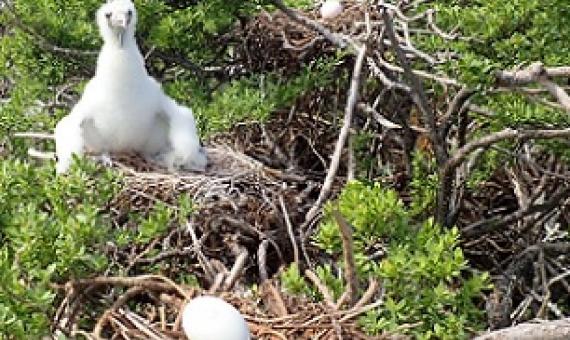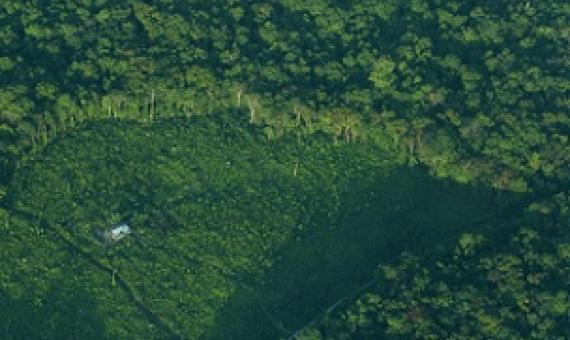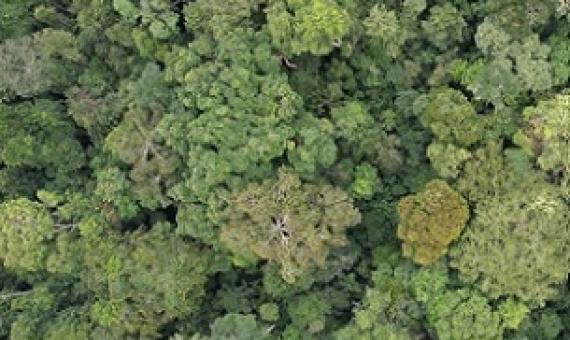Following on from a successful Bird of the Year competition, we are hopeful that many more people will now appreciate the value to our environment of our Cook Islands birds. They are one of Te Ipukarea Society’s key areas of work, and a space we have been working in for a long time.
The role of Indigenous peoples and local communities in effective and equitable conservation
Debate about what proportion of the Earth to protect often overshadows the question of how nature should be conserved and by whom. We present a systematic review and narrative synthesis of 169 publications investigating how different forms of governance influence conservation outcomes, paying particular attention to the role played by Indigenous peoples and local communities. We find a stark contrast between the outcomes produced by externally controlled conservation, and those produced by locally controlled efforts.
PIPAP GIS Supplementary Training Video 3 : Mapping GPS Data in QGIS
This package/collection of training materials constitute an introductory, basic-level training to open source GIS software (QGIS) targeting technical-level government officers. The primary goal of the material is to provide participants with the tools to visualise, map, and collect spatial data for more effective planning and management of protected areas.
PIPAP GIS Supplementary Training Video 2 : Building Maps in QGIS
This package/collection of training materials constitute an introductory, basic-level training to open source GIS software (QGIS) targeting technical-level government officers. The primary goal of the material is to provide participants with the tools to visualise, map, and collect spatial data for more effective planning and management of protected areas.
PIPAP GIS Supplementary Training Video 1 : QGIS Basics
This package/collection of training materials constitute an introductory, basic-level training to open source GIS software (QGIS) targeting technical-level government officers. The primary goal of the material is to provide participants with the tools to visualise, map, and collect spatial data for more effective planning and management of protected areas.
Protected Area Practitioners And Government Stakeholders Of Kiribati Are Now Equipped With The Hands-On, Practical Knowledge Of Finding Relevant Up-To-Date Data, Information Resources And Technical Guidance On Protected And Conserved Area Management. It follows a virtual training on the tool
A growing global push to safeguard nature by pledging to protect about a third of the planet’s land and oceans by 2030 will fall short unless biodiversity-rich Southeast Asian nations get behind the ambitious proposal, environmentalists have warned...Cambodia is the only Southeast Asian nation to
Conservation and Environment Protection Authority (CEPA) and Protected Area Solutions hosted a four-day Management Effectiveness Tracking Tool training for landowners of the Mt. Wilhelm protected area recently. the Mt.
Human impacts and Anthropocene environmental change at Lake Kutubu, a Ramsar wetland in Papua New Guinea
The impacts of human-induced environmental change that characterize the Anthropocene are not felt equally across the globe. In the tropics, the potential for the sudden collapse of ecosystems in response to multiple interacting pressures has been of increasing concern in ecological and conservation research. The tropical ecosystems of Papua New Guinea are areas of diverse rainforest flora and fauna, inhabited by human populations that are equally diverse, both culturally and linguistically.
Protected forests are unlikely to be cut down when they are surrounded by intact forests. Conversely, the more degraded the boundaries of a protected area are, the more likely that deforestation will encroach into the protected forest as well.











